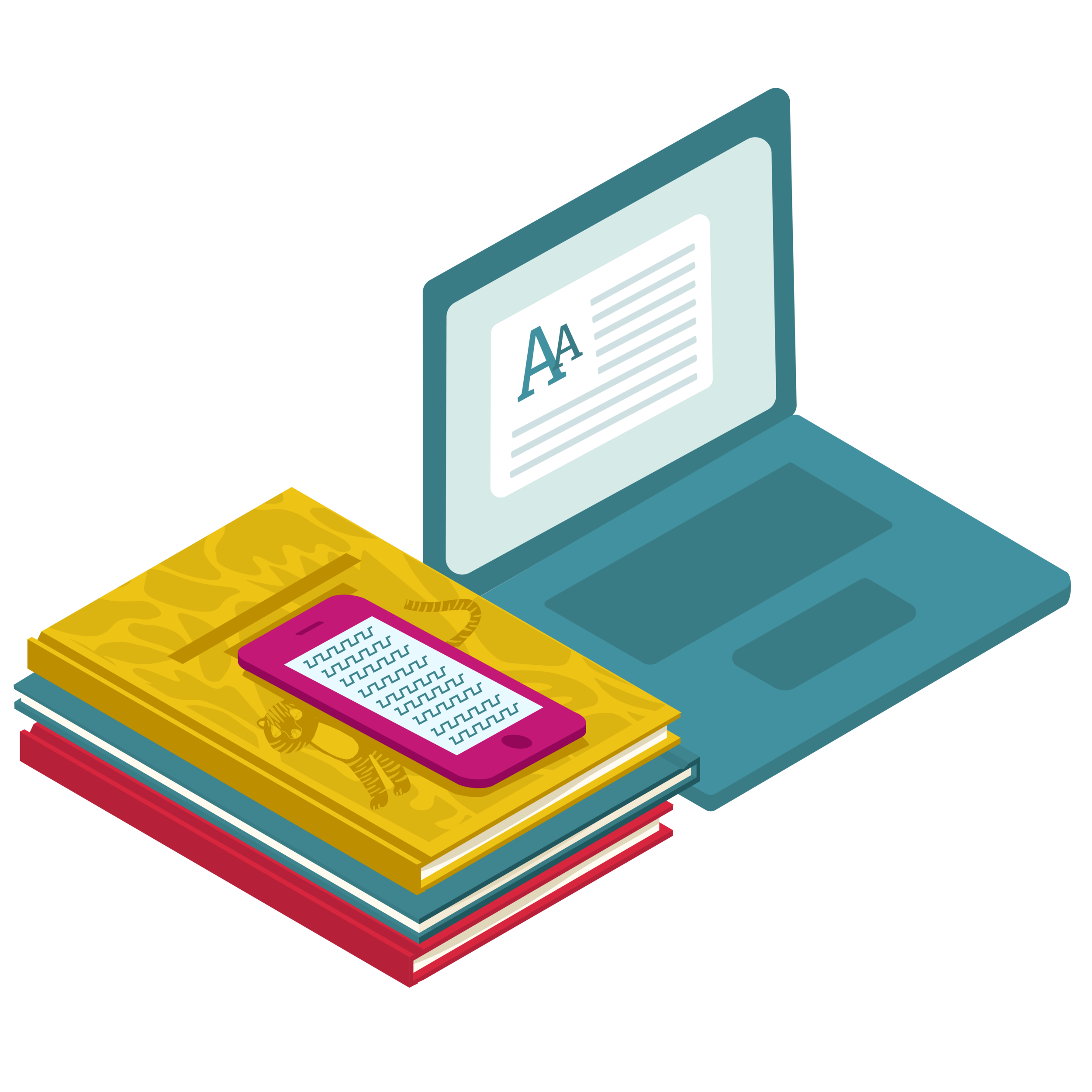Book Supply Chain Training Modules
This training series designed by the GBA comprises the following seven modules that cover the phases of the book supply chain for children’s books:
Module 1: Planning and Forecasting
Module 2: Title Development
Module 3: Publishing
Module 4: Printing
Module 5: Procurement and Purchasing
Module 6: Distribution Management
Module 7: Active Use
Each module provides the key facts for each of the relevant steps in the book supply chain, describes why each step is important to the smooth functioning of the book supply chain, and presents the challenges and recommended solutions and/or best practices for the challenges identified.
These materials are designed for all development partners interested in improving the book supply chains for children’s books in low- and middle-income countries (LMICs).
The training can be accessed via Training Modules in PDF format with accompanying PowerPoints to be used for live trainings. The GBA plans to publish the e-Learning
module 1: PLanning and Forecasting
Participants will learn what a teaching and learning materials (TLM) policy is and how its development supports quality teaching and learning. The module also covers various models of TLM provision and how public−private partnerships (PPPs) work to support TLMs, as well as how governments can plan for and budget for TLMs.
Module 2: Title development
Participants will learn the overall process of developing children’s books, the elements of quality in children’s books, the difference between decodable and leveled readers, and the basic steps in managing a book development process.
MODULE 3: publishing
Participants will learn the basic functions of publishing children’s books, the key characteristics of high-quality children’s books, and how publishing relates to the rest of the book supply chain.
MODULE 4: printing
Participants will learn the process for manufacturing children’s books and the role of printing in the book supply chain. The module introduces participants to ensuring the quality of ready-to-print files; setting books up for signatures; and the various options to choose from when printing and binding children’s books.
MODULE 5: Procurement and purchasing
This module provides particicipants with a comprehensive overview of the purchasing steps needed to provide quality, relevant, and affordable essential reading materials to learners. It introduces tools used in the purchasing process and teaches participants how to monitor performance during contract execution to improve project outcomes.
MODULE 6: distribution management
This module teaches participants the basic steps in the distribution of children’s books to schools, the differences between centralized and decentralized distribution, the main challenges to distributing books effectively and efficiently, and solutions and recommended best practices for effective distribution.
Module 7: Active Use
Participants learn what is meant by “active use” of children’s books and explore some of the challenges to book usage in schools, homes, and communities, as well as solutions for addressing these challenges.









